A survey of textile and garment enterprises in the province shows that in the past 10 months, most of them have had abundant export orders to major markets such as Japan, Korea, the US and Europe. Many units have closed orders for the first quarter of 2026 and are negotiating for the second quarter of 2026.
 |
Workers work overtime at 299 Hoang Duong Vina Limited Liability Company (Phuong Son ward). |
At Dap Cau Garment Corporation (Vu Ninh Ward), the production and business situation this year is very positive. Revenue for the first 10 months of 2025 is estimated at nearly 600 billion VND, an increase of 14% over the same period last year. The company employs 3,500 workers, with an average income of 11.4 million VND/person/month. The unit has signed many orders to supply products until the end of 2025 and into the first quarter of 2026. However, the current problem is the lack of production human resources, so it is necessary to consider the option of investing in more machinery, recruiting staff, and arranging overtime to meet the output signed with partners. Mr. Nguyen Duc Thang, CEO of the Corporation, shared: "Although the Company is paying quite high average salaries and bonuses, recruitment is still difficult because workers mainly choose to work in industrial parks".
The labor shortage also occurred at 299 Hoang Duong Vina Limited Liability Company (Phuong Son Ward). Ms. Nguyen Thi Dung, Deputy Director of the Company, said: "To promptly meet year-end orders, the Company has deployed human resource recruitment through many channels. The company even accepted additional costs when setting up 4 production workshops in 4 different communes (Phuong Son, Kien Lao, Luc Ngan, Chu) to attract and retain local workers. If it cannot recruit more people, the Company will not be able to receive new orders."
Ms. Pham Thi Tra Giang, Production Director of DHA Limited Liability Company (Luong Tai Commune) added: "Labor shortages occur frequently, especially many young workers have moved to electronics companies or labor export. Therefore, the Company's goal of expanding production scale has not been achieved yet."
According to the authorities, the main reason for the labor shortage is that the salary and welfare regime of the textile industry are not really attractive, while the competition for labor from other industries, especially electronics, is increasingly large. In addition, a part of the labor force only works temporarily, has a "job-hopping" mentality or does not meet the job requirements, requiring high salaries, leading to more difficulties in recruiting new workers for textile enterprises.
To ensure the progress of product supply to partners according to signed contracts, the immediate solution implemented by enterprises is to retain employees with good salary and bonus policies, promote the recruitment of seasonal workers in neighboring localities and invest in modern equipment and technology to improve productivity and product quality. At the same time, it is recommended that functional sectors support enterprises in strengthening propaganda on local labor recruitment; connecting with job exchanges, vocational schools... to facilitate labor recruitment, helping enterprises complete production plans...
| According to the authorities, the main reason for the labor shortage is that the salary and welfare regime of the textile industry are not really attractive, while the competition for labor from other industries, especially electronics, is increasingly large. In addition, a part of the labor force only works temporarily, has a "job-hopping" mentality or does not meet the job requirements, requiring high salaries, leading to more difficulties in recruiting new workers for textile enterprises. |
Chairman of the Provincial Labor Federation Thach Van Chung emphasized: The textile and garment industry is characterized by using more labor than other manufacturing industries such as electronics, telecommunications, mechanical engineering, etc. To overcome the current shortage, efforts are needed from both businesses and workers. Businesses need to change production methods, aiming for green production and saving labor. Retraining or on-the-job training, improving skills, and at the same time paying attention to and improving welfare regimes, creating a good working environment to attract and retain workers. In addition, businesses need to focus on building harmonious and stable labor relations; workers need to determine the spirit of cooperation and accompany businesses in all circumstances, especially in difficult times.
Only when the enterprise develops sustainably, the life of the workers will be truly improved. This is a close two-way relationship, requiring efforts from both sides to work towards a common goal, helping the textile industry overcome difficulties and develop more strongly in the future.
Source: https://baobacninhtv.vn/nganh-det-may-no-luc-khac-phuc-tinh-trang-thieu-hut-lao-dong-postid431063.bbg



![[Photo] Prime Minister Pham Minh Chinh meets with representatives of outstanding teachers](https://vphoto.vietnam.vn/thumb/1200x675/vietnam/resource/IMAGE/2025/11/15/1763215934276_dsc-0578-jpg.webp)


![[Photo] General Secretary To Lam receives Vice President of Luxshare-ICT Group (China)](https://vphoto.vietnam.vn/thumb/1200x675/vietnam/resource/IMAGE/2025/11/15/1763211137119_a1-bnd-7809-8939-jpg.webp)



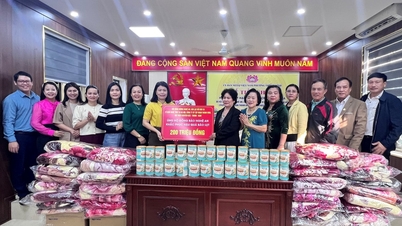







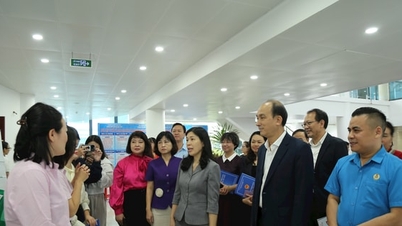
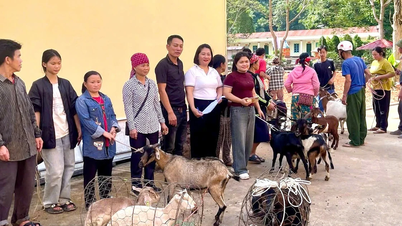



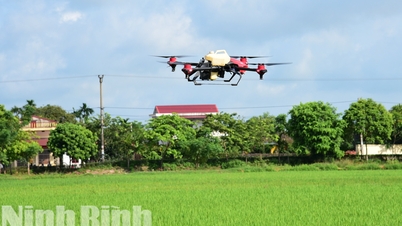

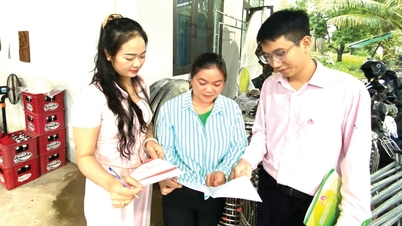



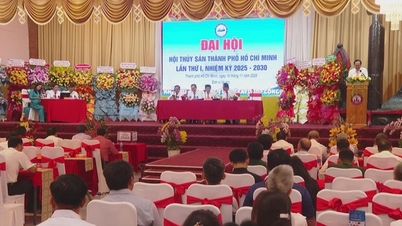





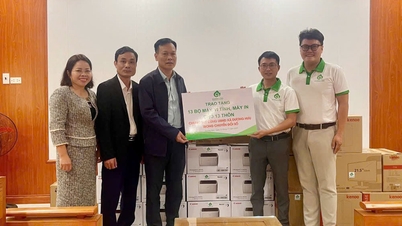
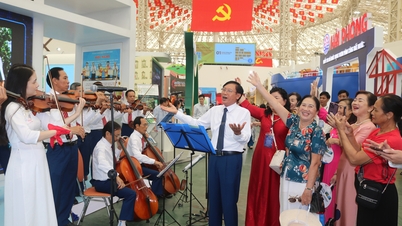



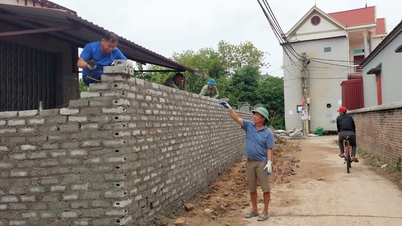







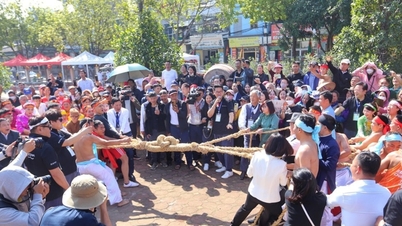


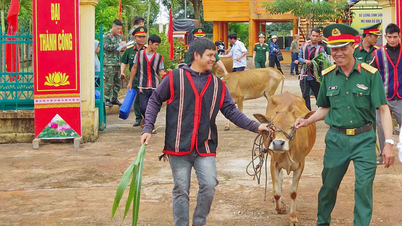






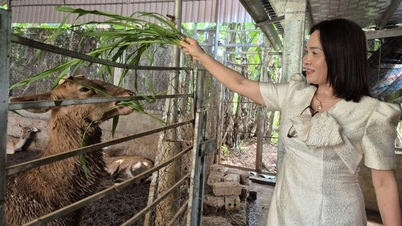




















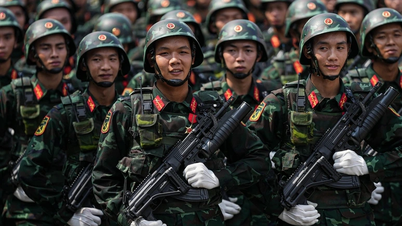












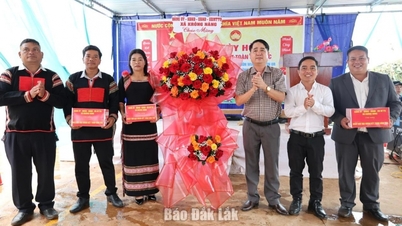

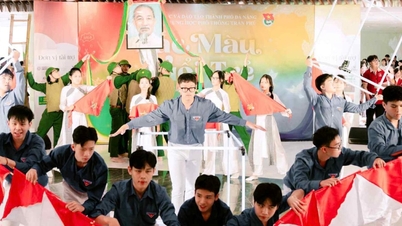


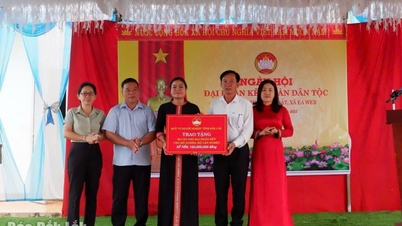















Comment (0)